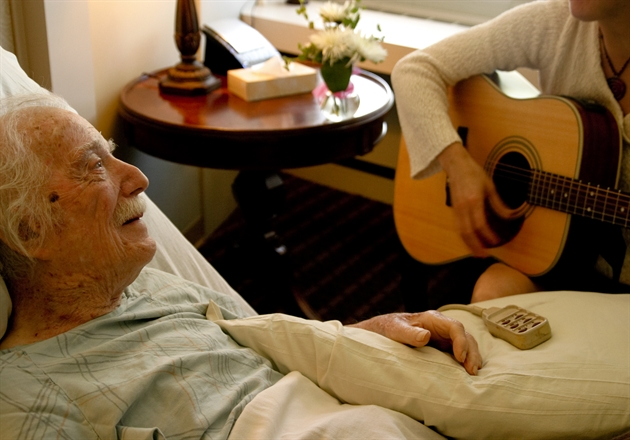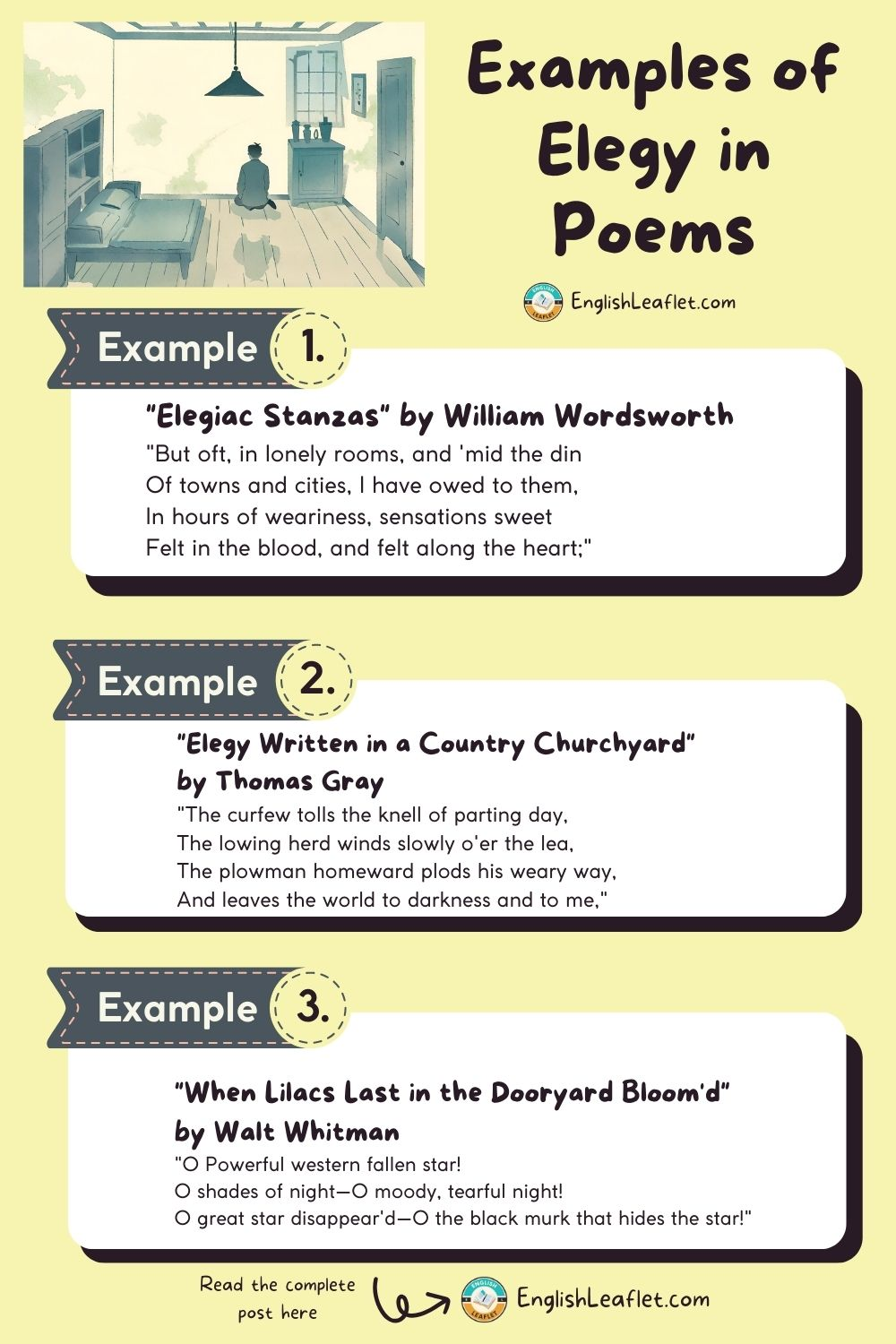Palliative care musical “Night Side Songs” is revolutionizing how we approach the themes of illness and dying through the universal language of song. Created by the talented sibling duo Daniel and Patrick Lazour, this poignant production shines a light on the experiences of cancer patients and their families, offering a fresh perspective on end-of-life care. With guidance from Susan Block, a leading specialist in psychosocial oncology, the musical combines heartfelt narratives and emotional depth, making it both a compelling theater experience and a vital conversation starter about healthcare and grief. As audiences engage with the rich storytelling, they are invited to reflect on the beauty and complexity of life’s final chapters. In a world where discussions about mortality are often avoided, “Night Side Songs” provides a transformative platform for understanding and empathy.
The concept of a musical centered around palliative care, often referred to as a “cancer patient musical,” is an innovative approach that intertwines the realms of theater and healthcare. This engaging performance not only aims to entertain but also seeks to illuminate the emotional journeys of those dealing with serious illness, making end-of-life conversations more approachable for audiences. With its roots in the insightful observations of cultural critic Susan Sontag, the show creates a rich tapestry of voices, including patients, caregivers, and medical professionals. This blend of artistry and heartfelt storytelling fosters a deeper understanding of the complexities surrounding terminal illness, underscoring the importance of compassion and open dialogue in the field of healthcare. By addressing these profound themes through music, it invites everyone to share in the experience of life’s most vulnerable moments.
The Intersection of Music and Palliative Care
Palliative care has traditionally centered around the medical management of symptoms and providing emotional support for patients facing serious illnesses. As a field that focuses on improving the quality of life for patients in the later stages of life, it might seem unconventional to incorporate elements like a musical into its framework. However, ‘Night Side Songs’ exemplifies how the arts can take a narrative steeped in sadness and transform it into a medium that fosters connection and understanding. This integration of palliative care and musical expression allows audiences to engage with difficult topics in a more approachable manner, creating a shared space for reflection and dialogue.
In her role as a palliative care specialist, Susan Block has long advocated for conversations surrounding death and dying. The incorporation of music into these discussions—thus creating ‘Night Side Songs’—serves as a conduit to explore these themes in a meaningful way. Music has the unique ability to evoke emotions and memories that can lead to a deeper understanding of personal and collective grief. By inviting audiences to experience the story of Yasmine, a young cancer patient, the musical not only highlights her journey but also illuminates the shared humanity in struggles with illness.
Emotional Resonance in the Theater of Healthcare
The interplay between theater and healthcare is evident in productions like ‘Night Side Songs,’ which provides both insight and catharsis for audiences. By staging a narrative based on the realities of living with cancer and the impact on relationships, the musical serves as a tribute to those who face life’s most daunting challenges. The portrayal of characters grappling with their feelings around illness underscores an important truth: that the experiences of patients, caregivers, and healthcare professionals intertwine, forming a rich tapestry of shared human experience. This emotional resonance creates a space where conversations about end-of-life care can thrive.
Furthermore, performances in intimate venues such as the Cambridge Masonic Temple amplify this connection. By breaking down the physical barriers between performers and the audience, ‘Night Side Songs’ engages viewers on a personal level, fostering empathy and conversation. As audience members are invited to sing along or simply absorb the narrative, they become part of the experience, reflecting on their own encounters with illness. In this way, the show not only entertains but also serves as a vital platform for addressing the complexities of dying and the emotional turmoil that accompanies it.
Exploring Themes of Grief and Healing Through Music
‘Night Side Songs’ tackles profound themes that resonate with anyone touched by serious illness, especially those who have experienced the loss of a loved one or are navigating their own health crises. The artistic decisions made by the Lazour brothers, in consultation with Susan Block, create a narrative that balances honesty about the challenges of cancer with hope and community. This melding of joy and sorrow allows for a nuanced exploration of grief, where audiences can see reflections of their struggles and triumphs in the characters’ stories. The intimate, communal setting encourages collective healing through shared experience.
Moreover, the emotional intensity of the musical invites introspection, prompting audiences to confront their fears and assumptions about death and dying. By including music as a fundamental part of the narrative, ‘Night Side Songs’ offers a sense of release and connection that traditional discussions about end-of-life care often lack. This innovative approach opens new avenues for dialogue, helping to dismantle the stigma surrounding conversations about dying. Through shared songs, laughter, and tears, audiences are encouraged to embrace the complexity of life’s endings, fostering a conducive environment for healing.
Pioneering Change in End-of-Life Care Discussions
Susan Block’s pioneering work in palliative care has consistently highlighted the need for an open discourse regarding death and dying. The emergence of ‘Night Side Songs’ marks a significant milestone in this journey, as it combines art and healthcare in a way that challenges societal norms. By showcasing the experiences of cancer patients and their families, the musical acts as a catalyst for frank discussions about end-of-life care. This shift is crucial, as many individuals still find it difficult to discuss such topics, often leading to feelings of isolation during challenging times.
By blending personal narratives with artistic expression, ‘Night Side Songs’ encourages not only patients but also families and healthcare providers to share their stories. This practice can lead to a greater understanding of individual experiences while fostering a supportive community. Conversations ignited by theatrical performances can help break down the barriers of silence and taboo surrounding dying, making way for more compassionate and comprehensive end-of-life care approaches. In essence, this musical bridges the gap between art and medicine, imbuing both with a renewed purpose—healing through shared understanding.
Personal Narratives in Cancer Patient Musicals
One compelling aspect of ‘Night Side Songs’ is its focus on individual narratives and the universal experience of being affected by cancer. This cancer patient musical showcases various characters, each representing different facets of the illness journey—from patients grappling with their diagnosis to caregivers supporting their loved ones. Such representation not only validates the experiences of those living with cancer but also invites audiences into a realm of vulnerability and acceptance. Through heartfelt performances, the emotional weight of each story becomes tangible, creating a safe space for reflection on one’s own health journeys.
Additionally, the relatability of these narratives is further enhanced by their authenticity. Under Susan Block’s guidance, the Lazour brothers incorporated real-life experiences and observations, effectively capturing the realities of those affected by serious illness. This attention to detail not only enriches the storytelling but fosters a sense of belonging for audience members. As each character navigates fear, hope, and sorrow, viewers might find pieces of their own experiences mirrored on stage, creating a connection that can spark meaningful conversations surrounding cancer, caregiving, and the complexities of emotional support.
Creating Community Through Shared Musical Experience
The communal aspect of theater, particularly in a production like ‘Night Side Songs,’ plays a crucial role in how audiences engage with the themes presented. The choice of smaller, more intimate venues allows for a unique atmosphere where relationships between performers and audience members can flourish. This direct engagement transforms a passive viewing experience into an active participation, wherein audience members feel they are part of the unfolding narrative. Such an approach fosters a sense of community, important for discussions about palliative care and end-of-life issues.
Moreover, by involving the audience in moments such as singing along, ‘Night Side Songs’ further deepens this communal bond. This act encourages participants to express their emotions collectively, allowing for cathartic release while also reinforcing the shared human experience of dealing with illness and mortality. It creates an atmosphere in which individuals confess their fears and hopes, thereby establishing a connection that transcends the theater. As experiences are shared through song and story, the boundaries that often isolate individuals facing difficult health journeys begin to dissolve, promoting a culture of support and understanding.
The Role of Art in Redefining End-of-Life Care
Art has the remarkable ability to address complex issues in ways that straight medical discourse often cannot achieve. In the context of palliative care, productions like ‘Night Side Songs’ are redefining how end-of-life care is perceived and discussed. By blending emotional narrative with musical performance, the production allows for a multi-dimensional exploration of cancer care that resonates deeply with audiences. This artistic approach emphasizes empathy, highlighting the nuances of each person’s journey and encouraging viewers to see beyond the medical label.”},{
Through its powerful storytelling, ‘Night Side Songs’ invites audiences to reflect on their beliefs about dying and the healthcare system that supports—or sometimes fails—those who are seriously ill. By illustrating the experiences of patients, caregivers, and healthcare professionals, the musical promotes a more compassionate understanding of end-of-life care perspectives. This not only broadens the conversation around palliative care but also helps normalize discussions that many find uncomfortable. Through the lens of art, difficult topics can be transformed into opportunities for learning, empathy, and ultimately, healing.
Incorporating Diverse Perspectives in Palliative Care Stories
One of the strengths of ‘Night Side Songs’ is its commitment to showcasing diverse perspectives within the palliative care journey. By capturing voices not only from patients but also from healthcare practitioners and family members, the musical presents a well-rounded depiction of the emotional landscape surrounding serious illnesses. This multifaceted approach acknowledges that everyone’s experience with cancer is unique and influenced by various factors such as culture, background, and personal beliefs, opening up rich avenues for discussion surrounding end-of-life care.
In doing so, ‘Night Side Songs’ highlights the importance of inclusive narratives in understanding palliative care. By resonating with a broad audience, the musical encourages viewers to consider their own biases while engaging with the stories of others. Promoting dialogue between different actors in the healthcare system fosters community understanding and compassion. This conscious presentation of diverse experiences sheds light on the challenges and triumphs encountered when navigating complex feelings associated with cancer and dying, ultimately enriching the broader conversation about palliative care.
Advocacy Through Art: Palliative Care and Theater
The convergence of art and advocacy is profoundly illustrated in ‘Night Side Songs,’ which does more than entertain; it champions the cause of palliative care awareness. The musical not only brings to light the often-overlooked realities faced by patients and their families but also serves as a powerful tool for educating the public. By facilitating discussions about the importance of palliative care and encouraging an open dialogue about death and dying, this production stands out as a call to action for healthcare reform.
Through the creativity of the Lazour brothers and the insights of Susan Block, the musical invites audiences to reflect on the systemic challenges within the healthcare system regarding end-of-life care. By articulating these experiences in an accessible format, ‘Night Side Songs’ takes on the role of an advocate for improved healthcare practices, inspiring individuals to seek change within their communities. As audiences experience the emotional journey depicted in the production, they are also prompted to engage with the larger conversations surrounding palliative care advocacy.
Frequently Asked Questions
What is the concept behind the palliative care musical ‘Night Side Songs’?
‘Night Side Songs’ is a unique musical that explores the themes of illness and end-of-life care through the experiences of patients, caregivers, and healthcare providers. Inspired by Susan Sontag’s observation that ‘illness is the night side of life’, it offers a meaningful perspective on how we navigate serious illness, making it a crucial part of the conversation surrounding palliative care.
How does the musical ‘Night Side Songs’ tackle difficult topics in palliative care?
‘Night Side Songs’ approaches challenging topics in palliative care by weaving together the voices of patients, families, and healthcare professionals. The musical captures the emotional truths of dying and the often silenced conversations about death, providing an accessible platform for discussing these important issues.
Who was involved in the creation of the palliative care musical ‘Night Side Songs’?
The palliative care musical ‘Night Side Songs’ was created by Daniel and Patrick Lazour, who consulted with palliative care expert Susan Block to ensure the authenticity of the portrayal of cancer patients and end-of-life experiences. Block’s input was essential in reflecting the intricacies of palliative care within the narrative.
What role does Susan Block play in the palliative care musical ‘Night Side Songs’?
Susan Block, a renowned palliative care specialist, played a crucial advisory role in the development of ‘Night Side Songs’. As a founding director of the Harvard Medical School Center for Palliative Care, she provided insights into the emotional and psychological aspects of palliative care, ensuring that the musical accurately represents the experiences of patients and caregivers.
In what venues is ‘Night Side Songs’ being performed and why were these choices made?
‘Night Side Songs’ is being performed in intimate venues such as the Cambridge Masonic Temple and Hibernian Hall, rather than larger theaters. This decision was made to foster a more personal connection between the audience and the performers, creating an immersive experience that aligns with the musical’s themes of community and support in palliative care.
What impact does ‘Night Side Songs’ aim to have on audiences regarding end-of-life care discussions?
The aim of ‘Night Side Songs’ is to encourage open discussions about end-of-life care, breaking the silence often associated with death and dying. By engaging audiences through music and storytelling, the musical invites viewers to confront these topics and connect on a deeper emotional level, ultimately fostering a greater understanding of palliative care.
Can attendees participate in the performance of ‘Night Side Songs’?
Yes, ‘Night Side Songs’ invites audience participation by allowing attendees to sing along during certain moments of the performance. This approach enhances the communal experience and makes the emotional journey of palliative care more relatable and impactful for everyone involved.
What themes are explored through the character of Yasmine in ‘Night Side Songs’?
The character of Yasmine, a young cancer patient in ‘Night Side Songs’, embodies the challenges and emotions faced by individuals navigating serious illness. Her journey highlights the complexities of hope, despair, and the human connections that form during the experience of end-of-life care.
How does ‘Night Side Songs’ redefine the perception of musicals in healthcare contexts?
‘Night Side Songs’ redefines musicals in healthcare by demonstrating that art can be a powerful medium for addressing serious subjects like death and dying. It breaks traditional barriers and encourages audiences to engage with palliative care in a thoughtful and artistic way, showcasing the potential of theater in fostering understanding and empathy.
Where can I find more information about ‘Night Side Songs’ and ticket availability?
More information about ‘Night Side Songs’, including performance dates and ticket availability, can be found on the American Repertory Theater’s official website.
| Key Aspect | Details |
|---|---|
| Palliative Care Expert | Susan Block has over 30 years of experience in caring for dying patients. She is a pioneer in the field of psychosocial oncology and palliative care. |
| Musical Title | “Night Side Songs” by Daniel and Patrick Lazour, inspired by Susan Sontag’s writings about illness. |
| Theme | The musical addresses themes of life, death, and the experiences of cancer patients, families, and caregivers. |
| Production Venues | Performed at Cambridge Masonic Temple and Hibernian Hall, chosen for their intimate settings. |
| Audience Engagement | The audience is invited to sing along, creating a shared experience and fostering emotional connection. |
| Impact on Viewers | The musical offers a space for conversations about illness and death, breaking the taboo surrounding these topics. |
Summary
The musical “Night Side Songs” exemplifies how art can probe the depths of human experience, particularly in the context of palliative care. By depicting the emotional landscapes of cancer patients and their families, it shines a light on the often-ignored conversations surrounding death and dying. This palliative care musical encourages audiences to engage in discussions about life’s most profound challenges, fostering intimacy and shared understanding in the face of grief and uncertainty.



